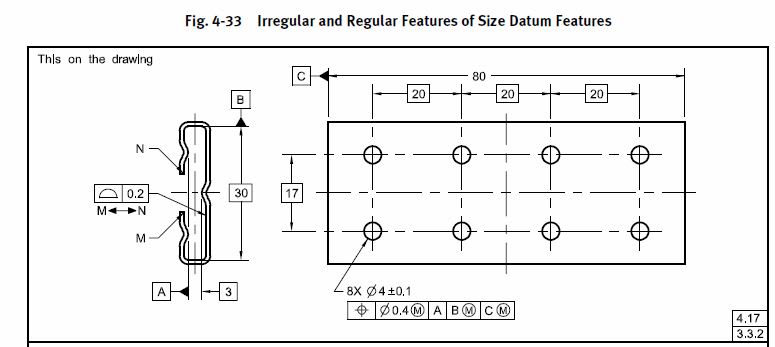See attached example. This is the engineer's markup. Engineer says that the 2.000 basic dimension locates the slot (similar to positional tolerance). I say no - the 2.000 dim should be replaced with a 1.6875 dimension to the edge of the slot.
I suspect it may be the same in the vertical location of the slot. Also, I'm not sure about the basic FULL R dimensions.
What say you?
Thanks!
I suspect it may be the same in the vertical location of the slot. Also, I'm not sure about the basic FULL R dimensions.
What say you?
Thanks!

